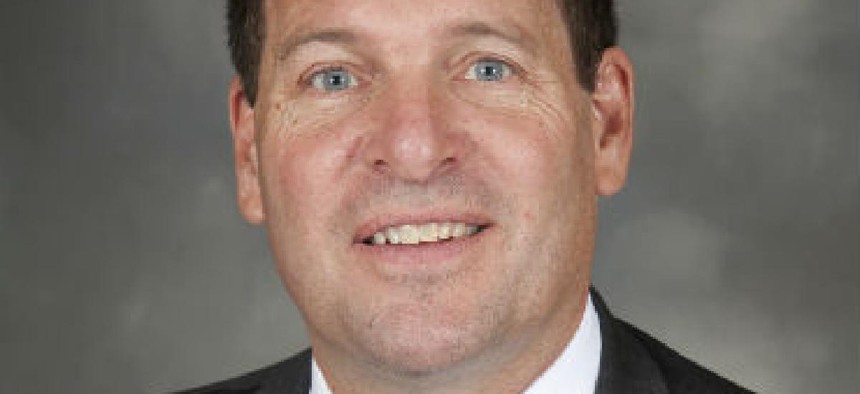New Year's resolutions for federal CIOs

The year ahead is fraught with technological and business challenges, but Anthony Robbins has three tips to help CIOs start off on the right foot.

Every January, we put forward resolutions for the future and pledge to improve ourselves. In the world of federal CIOs, this is the perfect time of year for professional resolutions.
CIOs cannot afford to sit back and wait for change. They are hard-pressed to drive a technological revolution that meets the connectivity needs of the "always-on" government workforce. The old adage "Fortune favors the brave" has never been more relevant.
As we enter the New Year, I offer three bold resolutions that can help federal CIOs execute a broader strategic vision in 2014.
1. Communicate better. The CIO position in government requires a unique skill set that unites deep technical expertise with business acumen and a vision for the future of IT. CIOs are often in a position to communicate the IT needs of their organization to a broad range of stakeholders, and CIOs serve as drivers and brokers for innovation within their organizations.
In order to successfully lead innovation, CIOs need to effectively communicate the urgency for making IT changes and upgrades in their agencies. They should foster acceptance of new IT initiatives through organizational consensus -- a challenging task, especially when the speed of innovation is quick, concepts such as software-defined networking are abstract, and technologies such as cloud, mobile and big data are constantly changing.
CIOs should take the time to boil new concepts down to their practical implications and serve as brokers of best practices. Such an approach would help a CIO become a powerful force multiplier and strengthen his or her position as a champion for technology.
CIOs who encourage open standards will enable their IT workforce to embrace innovation instead of avoid it.
2. Choose open standards. In the government technology space, limiting options to a single-vendor IT environment often ties agencies to older and more expensive technologies. That can prove detrimental for the government IT workforce.
That workforce can only thrive by investing in continuous professional development and building a well-rounded skill set. Many technology professionals are inadvertently confined by training to a specific brand-name product, which in turn limits their career flexibility and can work against the best interests of their organizations.
It's like learning how to drive: You're not taught to drive a Ford or a Honda but are trained to operate any car. The same should be true for agency networks. IT managers should have the skills to operate any vendors' equipment, leaving agencies open for innovation and competitive diversity.
CIOs who encourage open standards will enable their IT workforce to embrace innovation instead of avoid it.
3. Keep your commitments. Through mandates such as the Federal Data Center Consolidation Initiative (FDCCI), agencies have committed to the implementation of cost-saving technologies and strategies that will make a huge impact on reducing overall spending.
When FDCCI was initiated in 2010, officials anticipated savings of almost $5 billion through closing or consolidating 1,200 of 2,900 federal data centers. However, progress has been disappointing. Cost savings have proven difficult to calculate, and nearly 7,000 data centers, including many previously unaccounted for, have been identified.
Nevertheless, by focusing on small steps, CIOs can help agencies keep the commitments they've made to adopt new technologies and use taxpayers' money responsibly.
If CIOs resolve to communicate the necessity of IT improvements, prioritize open standards and keep their IT commitments, 2014 has the potential to bring forth some exciting technology developments in government.
What are your resolutions for the new year?
NEXT STORY: Go open to transform legacy systems





